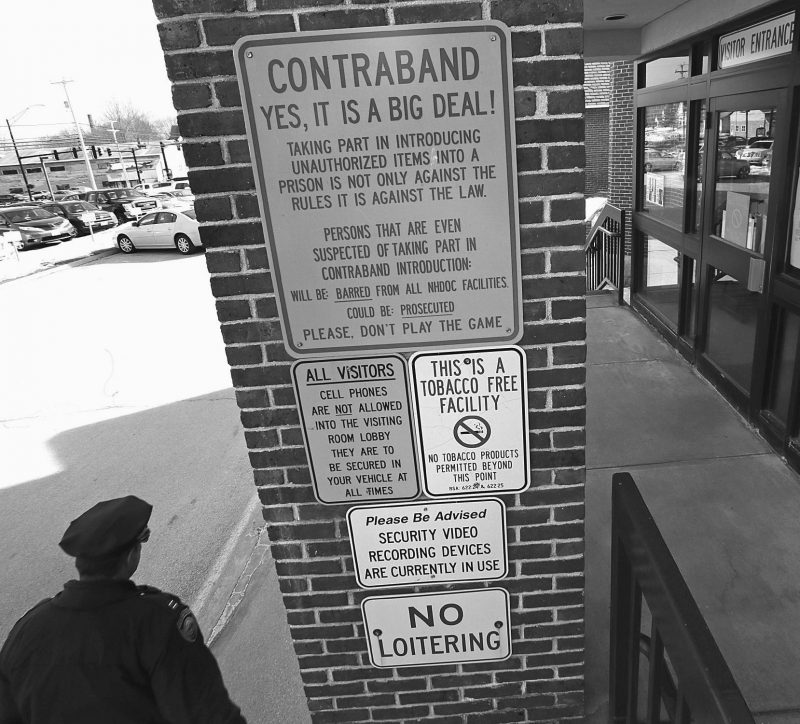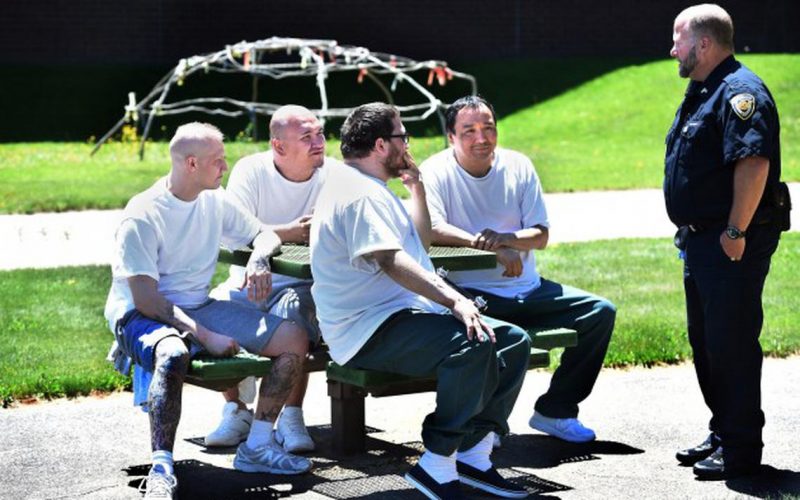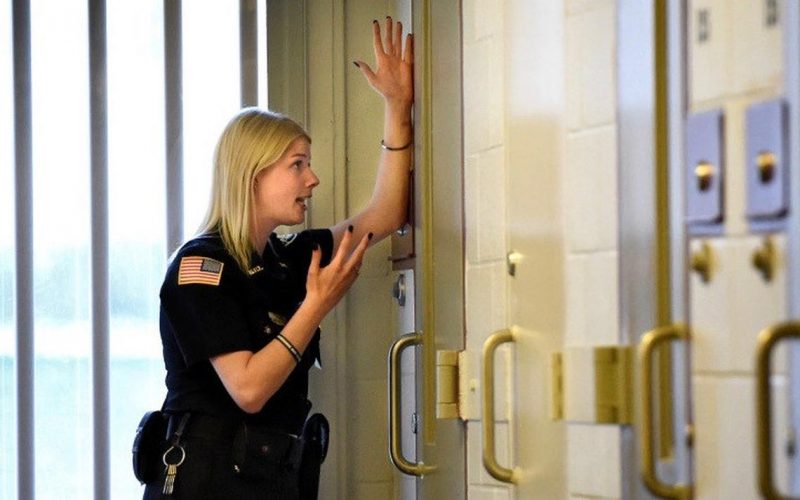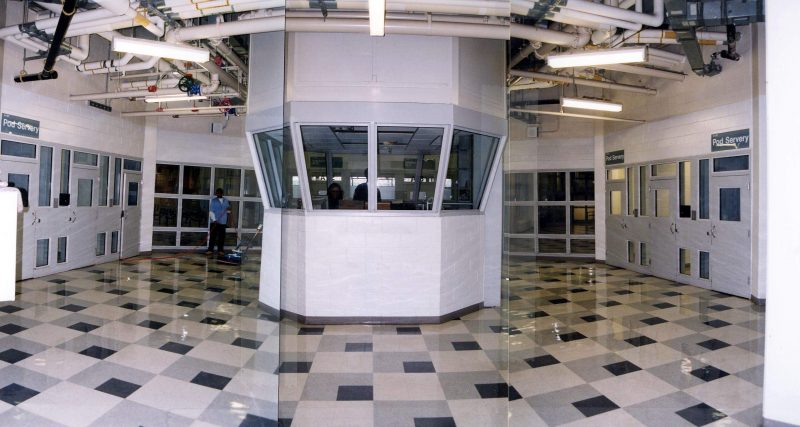Correctional Emergence
Posted on November 4, 2019Taking ants and the colony of ants as a study about social complexity and systemic behavior may be seen through observations of correctional communities and how simple peer-to-peer interactions (or local feedback) can be manipulated and controlled. Yet, even under an environment of control, the experience of emergence is very interesting. The ability of emergence is powerful when closely monitored. This is where one sees how policy, rules and regulations are generated and embedded in a social system.

“…local feedback may well prove to be the secret to the ant world’s decentralized planning. Individual ants have no way of knowing how many foragers or nest-builders or trash collectors are on duty at any given time, but they can keep track of how many members of each group they’ve stumbled across in their daily travels.” (Emergence)
I found this quote to speak to the experience of controlling the movement of correctional staff and incarcerated individuals who lack freedom. The idea of ‘local’ interactions between people and ‘local’ knowledge of agency, ability and time speaks to the relationships between an officer, detainee and infrastructural design of a facility.

“The [ant] colonies take a problem that human societies might solve with a command system (some kind of broadcast from mission control announcing that there are too many foragers) and instead solve it using statistical probabilities.” (Emergence)
There is a pro benefit of having a level where the lack of knowledge benefits the overall system. The less knowledge a detainee possesses (in all aspects of irrelevant and outside information), the better the correctional system runs. The less the detainee knows about the operation and how It works is a preventative measure for many possible outcomes that may affect the operational system in a negative way.

Personal information in a correctional facility is valued as a tool of control and influence of behavior. Something as simple as a detainee knowing a staff member’s full name can or may be detrimental to the operations of the detention space; another example, emotional intelligence coupled with information about knowing whether a staff member has a child, or is going through a divorce can be compromising to the overall operation of the system. This type of information can be used to bend or break rules, influence unauthorized behavior, become informative of inside knowledge of certain operations, etc.
Another topic and example speaking to the control and/or blueprint of behavior/interactions/feedback in an overall system is DNA:
“The tyranny of DNA would seem to run counter to the principles of emergence … No one questions that DNA exerts an extraordinary influence over the development of our cells … each cell in our body contains the same genetic blueprint … But cells do more than just follow the dictates of DNA. They also learn from their neighbors. And without that local interaction, the master plan of our genetic code would be utterly useless … Cells draw selectively upon the blueprint of DNA.” (Emergence)
Having different levels of restricted knowledge is and can be used to prevent as well as gain new ways to improve, surveil and/or evolve. Like cells, detainees self-organize based on the blueprint of the system. However, also like cells, the neighboring interactions of detainees may collectively generate a form of social emergence.

The thought of emergence under many forms of a panopticon (surveillance) experience in a jail setting reminded me of a position of one who works and maintains control of movement and behavior in a correctional setting. There is a place and position in all correctional facilities labeled as either master control or a callsign (communicative identification) for a staff member or members within a control center – controlling access to doors, as well as being the eyes and command voice to both staff and detainees. This position to obtain insight through observation and maintaining constant communication with staff, reinforces the blueprint and system of the correctional space; it gives agency to generate a behavioral change.
“We all start life as a single celled organism, and yet by the end of our development cycle, we’re somehow composed of two hundred variations, all intricately connected to one another, and all performing complex tasks.” (Emergence)
Taking the rigid system of a correctional facility, you may see how emergence is inevitable, yet if needed, the monitored outcome of an emergence can be used as knowledge to further control the system, or if left unchecked, may be something that works against the intension of the system blueprint.
TAWII
References:
- Steve Johnson, Emergence: The Connected Lives of Ants, Brains, Cities, and Software, Scribner 2001